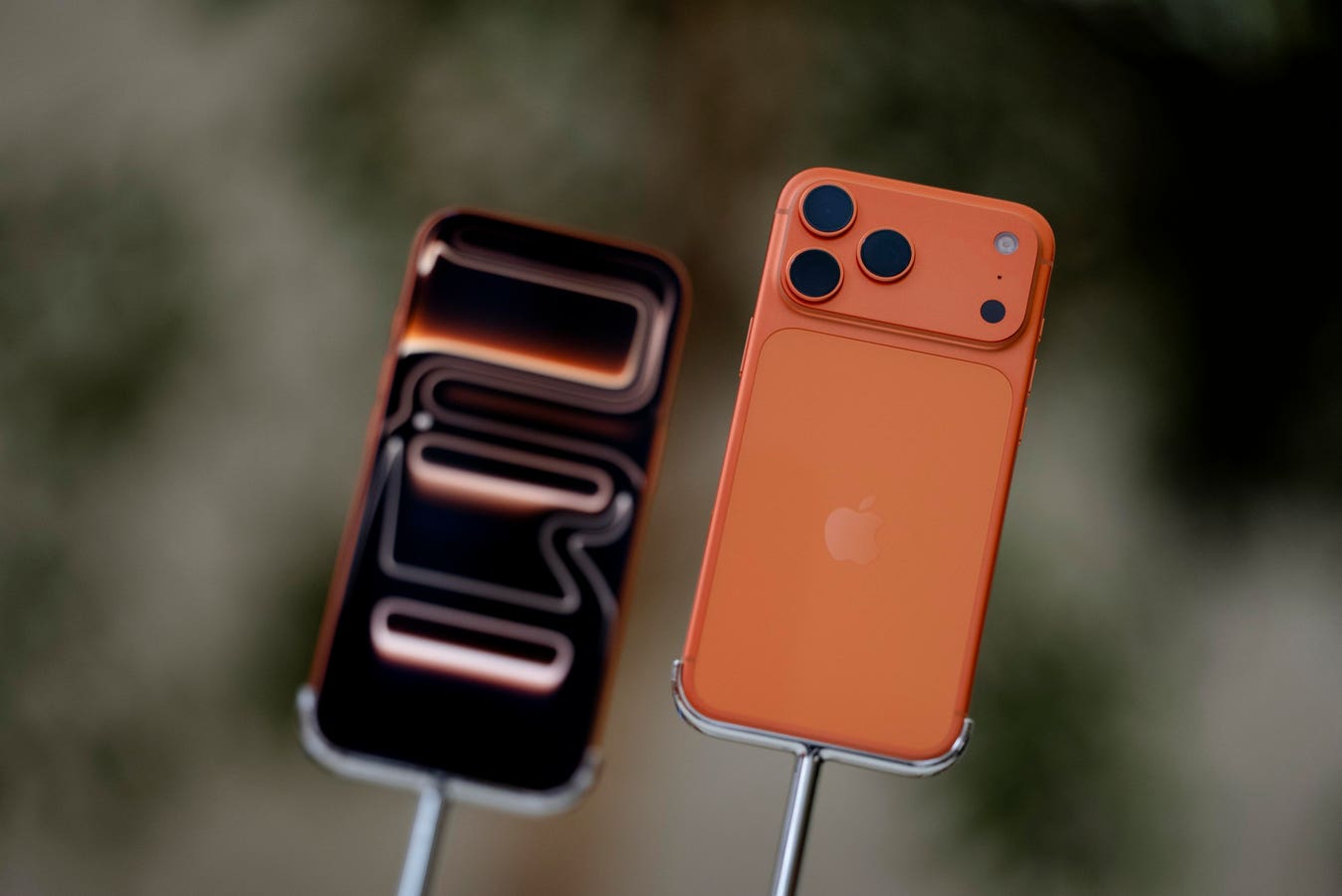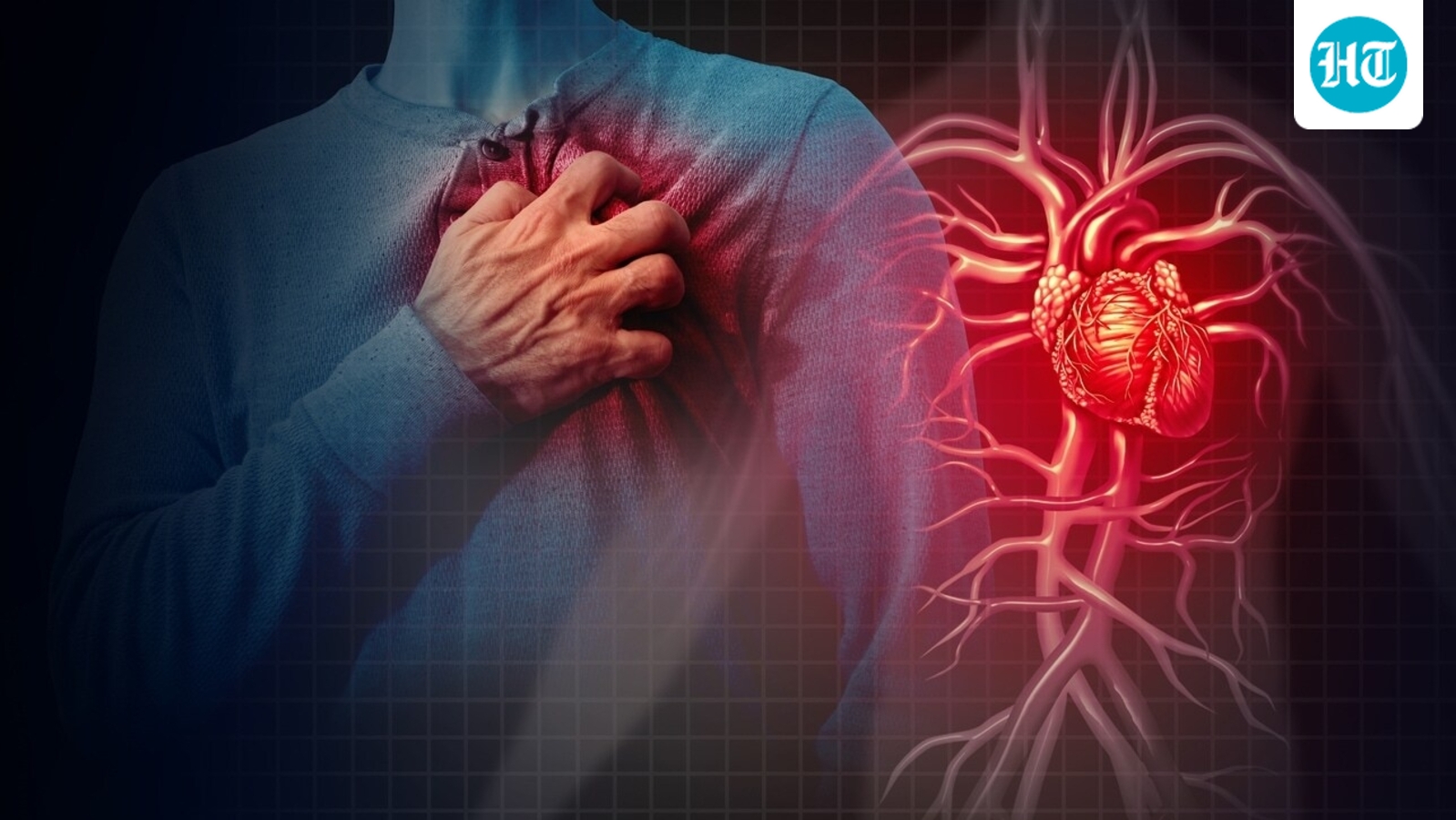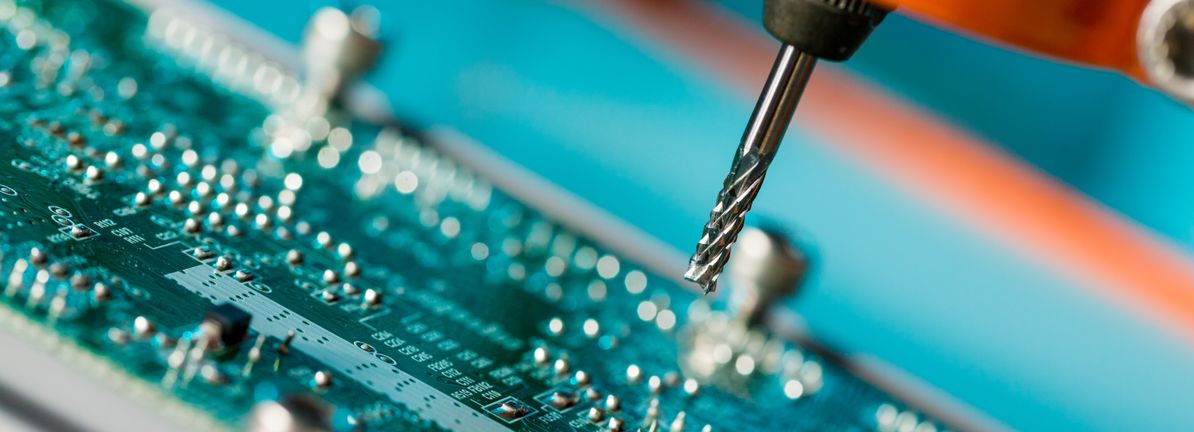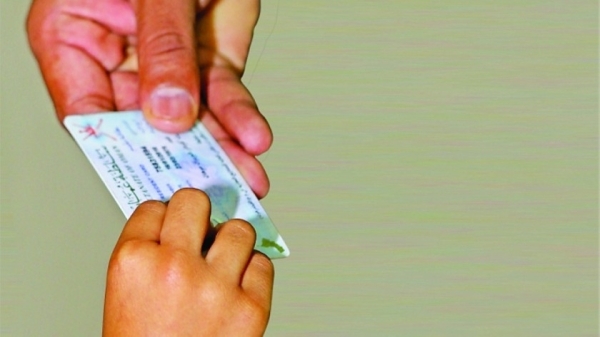ANI |
Updated: Nov 09, 2025 15:08 IST
Karachi [Pakistan],…

Updated Nov. 9 with more analysis of the new software releases for iPhone and iPad and which update to choose.
Apple has just released iOS 18.7.2, a full two days after iOS 26.1 landed. Is this the last call for iOS 26 resisters? Here’s what’s…

Here are seven of our favourites. Some sneakers we’ve loved for years. Some haven’t changed a bit since their debut. Others have gotten the upgrades they deserved: better materials, improved insoles, smarter…

Heart failure is far more common than most people realise – yet many don’t know how to recognise it. Popular culture has shaped our understanding of it as a dramatic medical emergency – someone clutching their chest and collapsing from sudden…

Speculation also arose about whether Matthews and Bloom attended the event together or crossed paths at the same party
Actress Rachel Lynn Matthews drew…

Kim Kardashian, the reality star who has been determined to become a lawyer, revealed that she has not cleared the Bar Exam after being on the legal journey for 6 years. The 45-year-old shared that she will not be giving up, as ‘failure…

ASML Holding (NasdaqGS:ASML) continues to attract investor interest, particularly as its recent stock performance reflects broader momentum in the semiconductor sector. Over the past month, shares have gained 9%, signaling renewed confidence ahead of next quarter’s results.
See our latest analysis for ASML Holding.
After an impressive 1-month share price return of 8.6%, ASML Holding is riding a wave of momentum that has been building for much of the past year. With the latest move, its 1-year total shareholder return now stands at over 53%, and the three-year total return sits above 80%. This underscores both short-term excitement and long-term confidence in the company’s prospects as chip demand continues to grow.
If ASML’s sustained gains have caught your attention, this is a great moment to discover See the full list for free.
But with shares trading near all-time highs, the real question now is whether ASML Holding is undervalued, or if the market is already factoring in every bit of the company’s future growth potential, leaving little room for a true buying opportunity.
ASML Holding’s narrative valuation stands just above its recent close, suggesting the stock may be trading a little ahead of its fair value. At a $1,017 share price, this small premium could reflect optimism about the business’s unique technology edge and market dominance, but also means buyers are paying up for those advantages.
“ASML is the only company in the world producing EUV lithography tools. These machines are essential for making the world’s most powerful semiconductors. This gives ASML a near-monopoly in a fast-growing market driven by AI, 5G, and high-performance computing.”
Read the complete narrative.
What assumptions drive that fair value? The narrative hints at market dominance, eye-popping margins, and recurring revenue streams. But does it all add up? The secret sauce behind this premium lies in hard-to-replicate advantages and ambitious long-term projections. See exactly what fuels the conviction behind this price tag.
Result: Fair Value of $1,002.53 (OVERVALUED)
Have a read of the narrative in full and understand what’s behind the forecasts.
However, challenges such as escalating U.S.-China trade tensions and macroeconomic uncertainty could slow ASML’s growth narrative and spark renewed market volatility.
Find out about the key risks to this ASML Holding narrative.
While the most popular narrative points to a slight overvaluation, our SWS DCF model suggests an even bigger gap. It estimates ASML’s fair value at $762.69 per share, which indicates that the stock is trading well above what future cash flows might justify. Could the market be overlooking risks, or is it simply betting big on long-term growth?

Muscat: The Inspector General of Police and Customs has issued Decision 157/2025, amending some provisions of the Executive Regulations of the Civil Status Law.
The decision states that the validity of the residence card can…